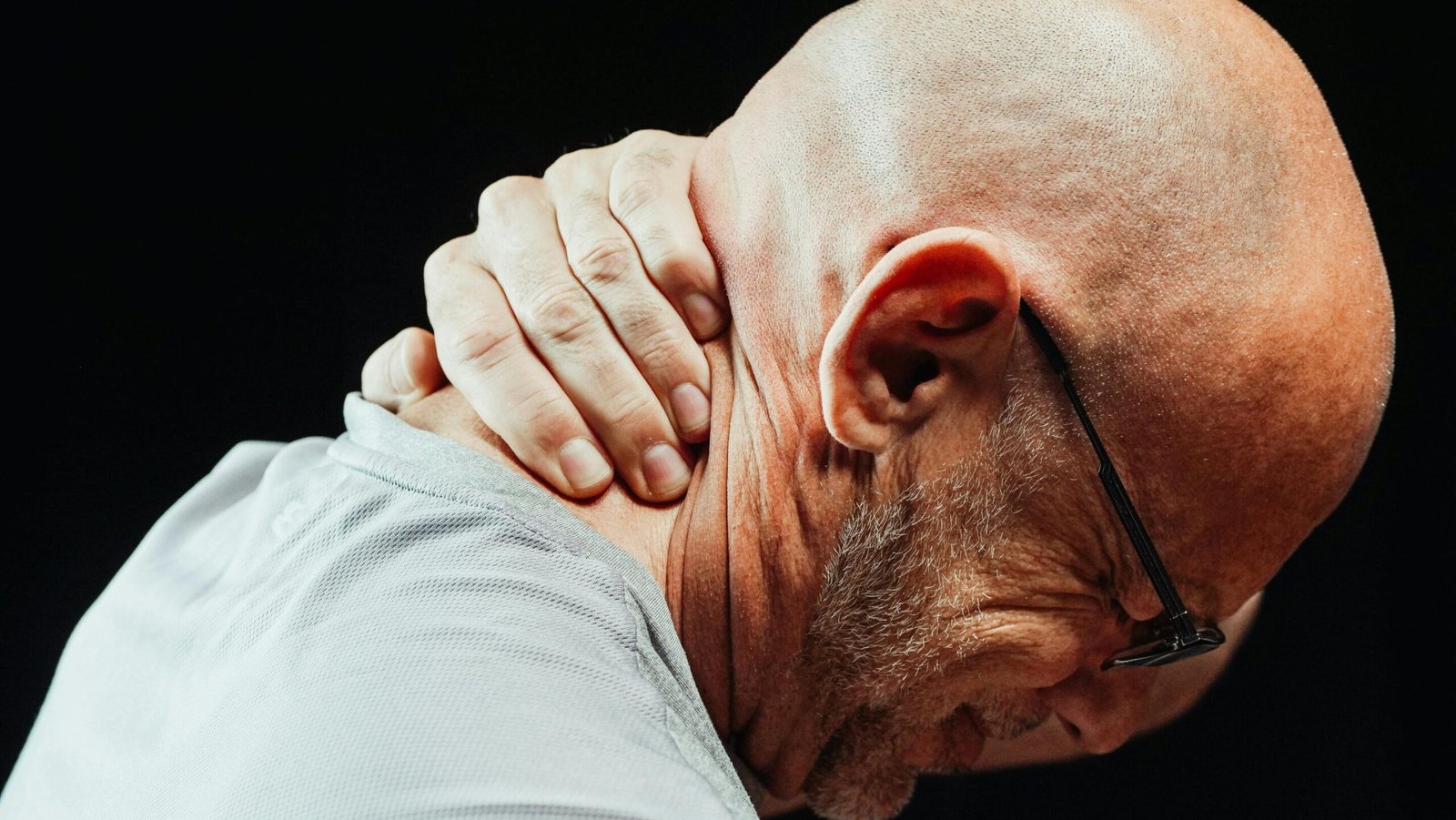A recent study from researchers at University College London (UCL) reveals a concerning connection between depression and physical pain in middle-aged and older adults. The findings, published in eClinicalMedicine, indicate that individuals who experience pain are likely to have had worsening depressive symptoms for up to eight years before the pain starts.
The research analyzed survey data from 3,668 adults aged 50 and older, identifying a marked deterioration in depressive symptoms in those who reported moderate to severe pain. In the pain group, depressive symptoms increased sharply in the eight years preceding the onset of pain, peaked when the pain began, and remained elevated in the following years. In contrast, the non-pain group exhibited less severe and more stable depressive symptoms.
Additionally, loneliness showed a similar pattern. Participants who experienced pain reported increased loneliness both prior to and following the onset of pain, whereas the non-pain group maintained consistently low levels of loneliness. Most participants in the pain group reported pain localized to the back, knee, hip, or foot.
Dr. Mikaela Bloomberg, the study’s lead author, emphasized that while pain and depression are known to influence each other, the timing of their relationship was previously unclear. “Our study highlights that depressive symptoms and loneliness worsen well before pain manifests. This suggests opportunities for early mental health interventions to potentially mitigate future pain,” she stated.
The study draws on data spanning 21 years from the English Longitudinal Study of Aging (ELSA), which surveys a representative sample of the English population biennially. The results indicated that individuals with lower education and income levels experienced a more significant increase in depressive symptoms when pain occurred. Researchers noted that these groups often have fewer resources for mental health and pain management.
This finding underscores the need for accessible mental health support and community programs targeting vulnerable populations. The researchers also explored the link between social isolation and pain experiences but found little difference between the pain and non-pain groups in terms of social isolation. They suggested that the quality of social relationships may be more important than the quantity of social interactions in reducing pain and depressive symptoms.
In terms of the types of pain reported, 75% of participants in the pain group mentioned issues with their back, knee, hip, or foot. A smaller fraction reported widespread pain or pain in the mouth or teeth.
The researchers acknowledged limitations in the study, including a lack of racial and ethnic diversity among participants, which reflects the broader population of England in that age bracket. They recommend further research to determine if these findings apply to younger individuals and those from more diverse backgrounds. Additionally, although the survey did not differentiate between general pain and chronic pain, consistent results emerged when analyzing data from participants who reported pain across multiple surveys.
The study accounted for various factors that could influence results, including sex, age, education, wealth, chronic health conditions, physical activity, alcohol use, and smoking status. These adjustments reinforce the reliability of the findings, which point to the importance of addressing both mental health and physical pain in an integrated manner.



